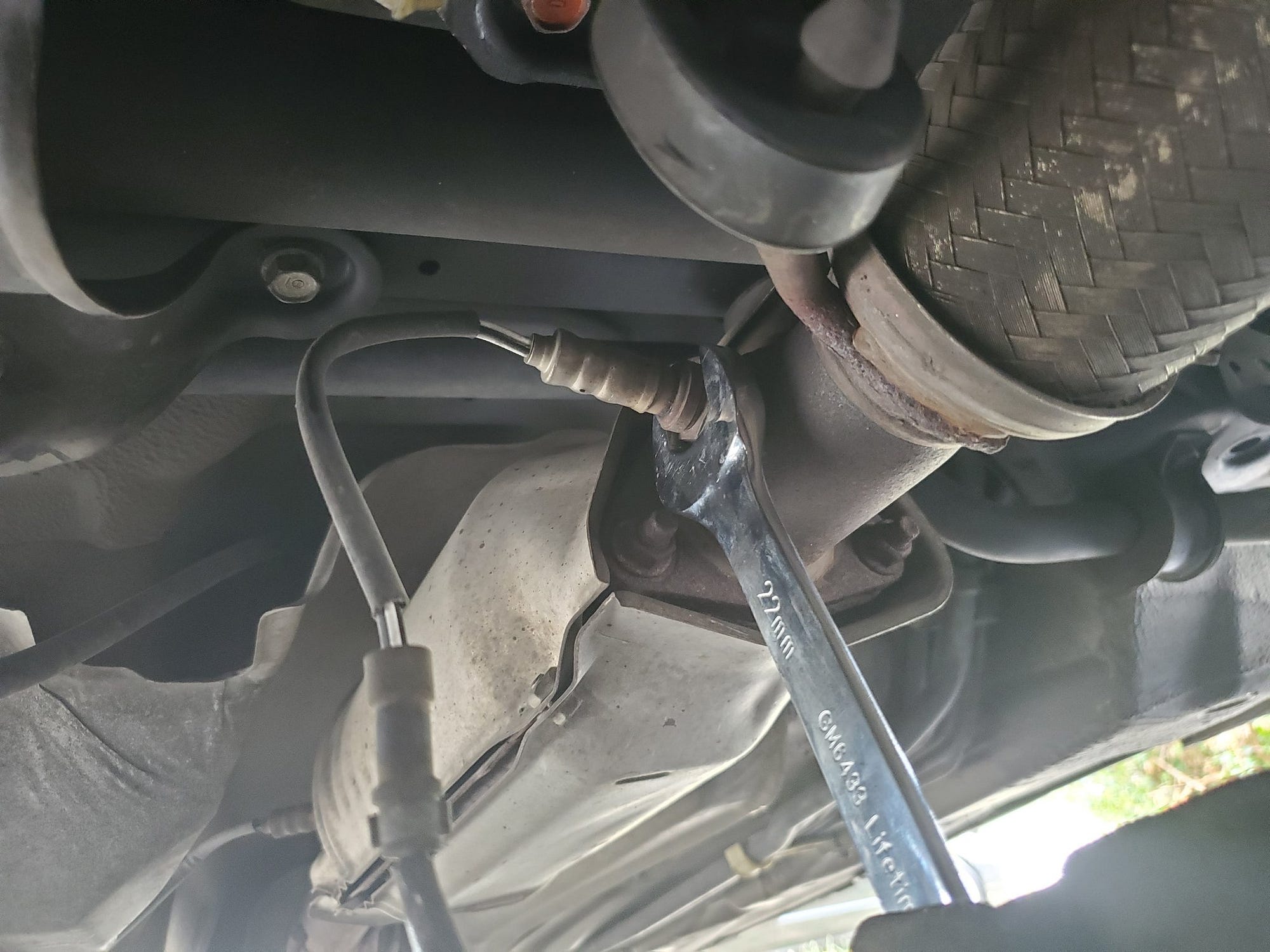How to Fix an O2 Sensor Check Engine Light
- 3 minutes read - 538 wordsSo the check engine light came on in your car? Don’t ignore it!
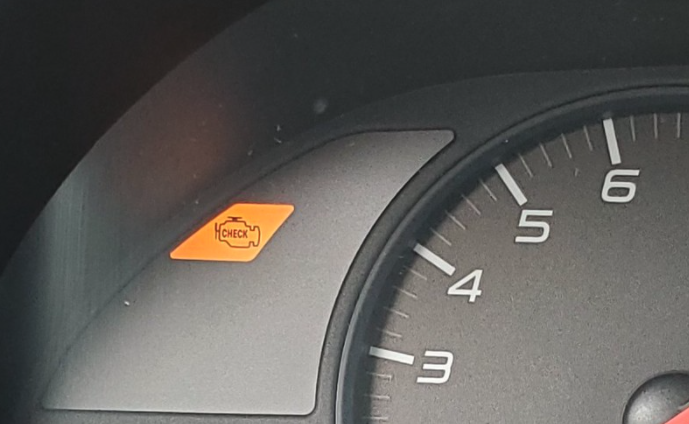
This calls for an OBD scanner. You can read the codes yourself with this tool or you can stop by an auto parts store and use theirs (for free in most cases).
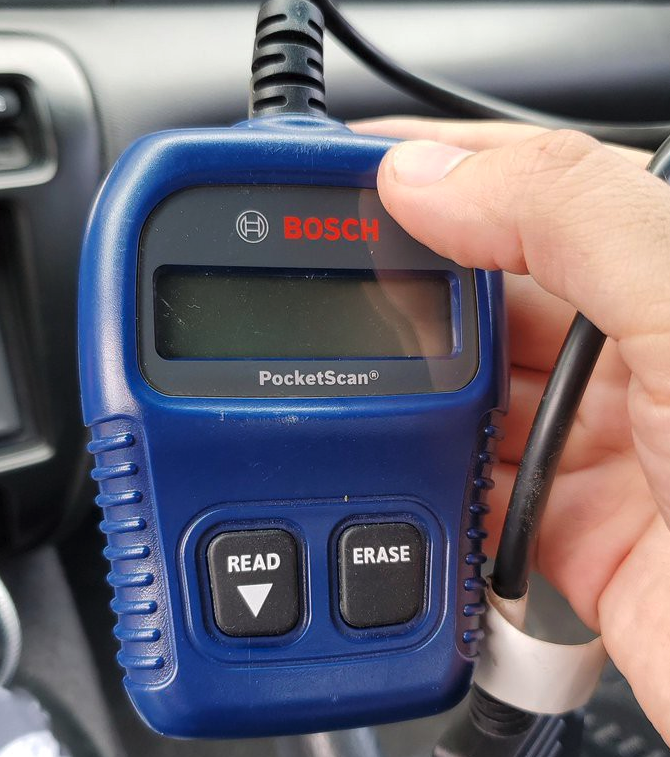
This car is a 1999 Honda Prelude so the on-board diagnostics port is by the passenger’s feet. In your car it may be near the driver’s feet instead. If you can’t find it, Google it.
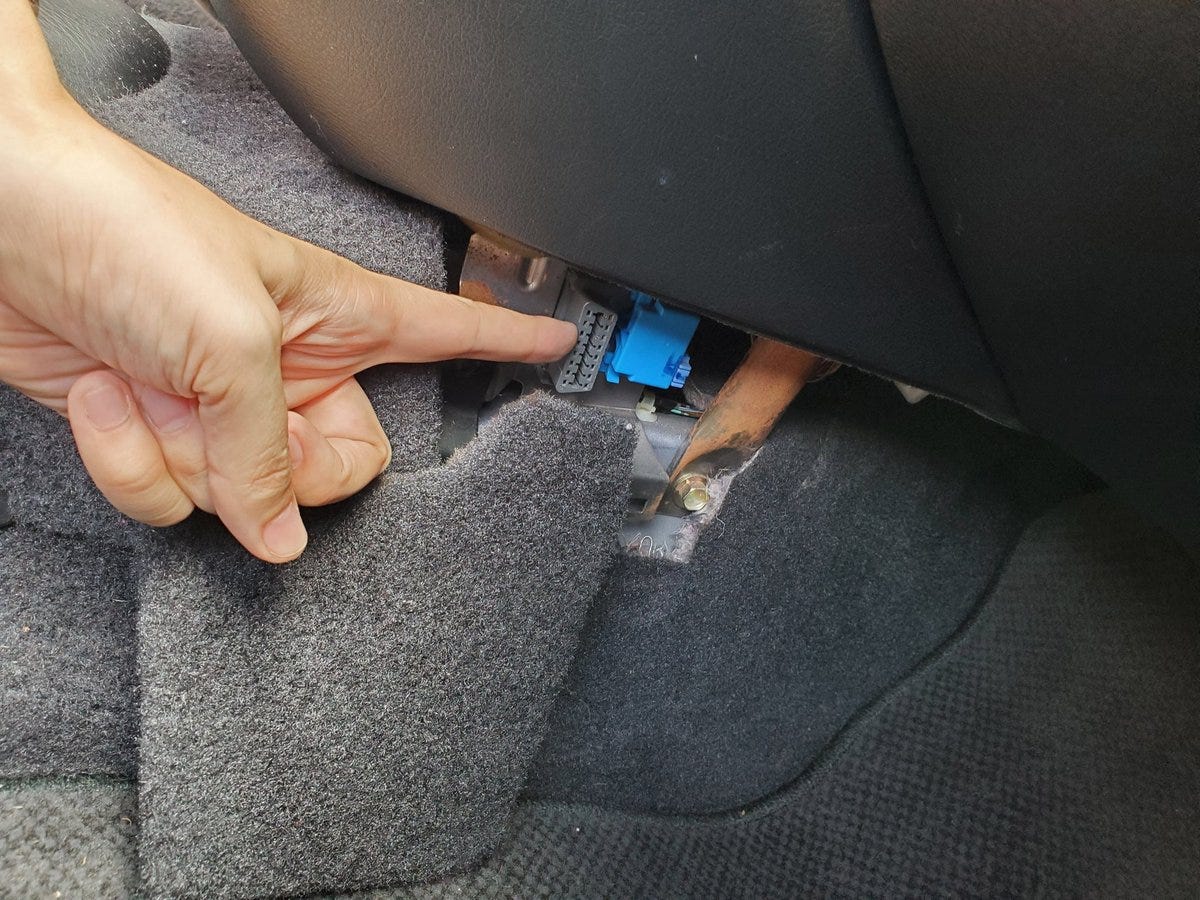
Turn the key with the scanner connected and I get a cryptic code to look up.
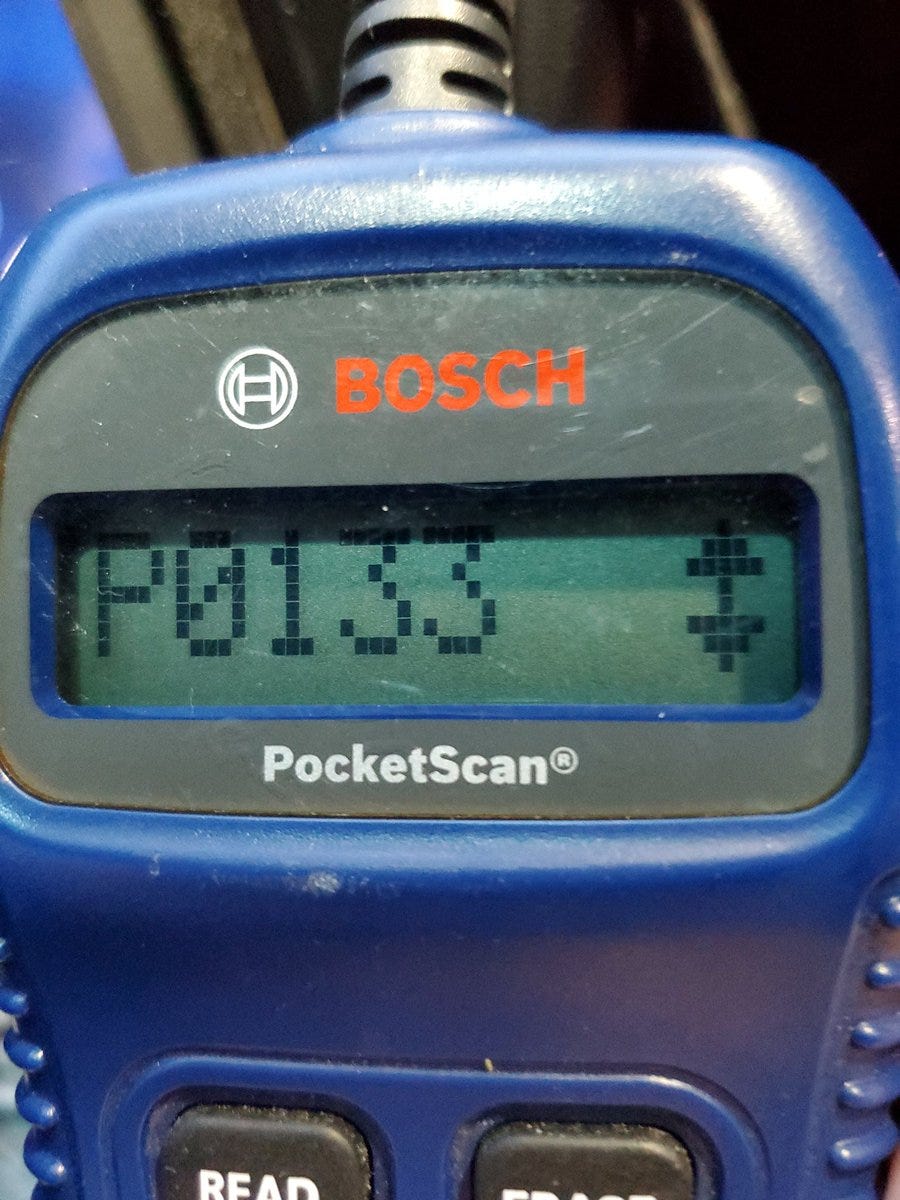
According to the engine-codes.com this code means “slow response from o2 sensor 1 in bank 1”.
O2 sensor issues can lead to poor fuel economy and reduced performance due to the engine not being able to properly regulate air/fuel ratio. The good news is this is almost always solved by replacing the sensor. The code indicates “sensor 1, in bank 1”. O2 sensors are always somewhere along the exhaust system. This is a 4 cylinder Honda so there is only 1 bank. If you have a V6 or V8 engine there can be more banks. However, “sensor 1” is relevant for this car. Sensor 1 will be the sensor closest to the engine (upstream of the catalytic converter). Sensor 2 is the one farther down the exhaust system. Fortunately for me, my local O’Reilly had one in stock
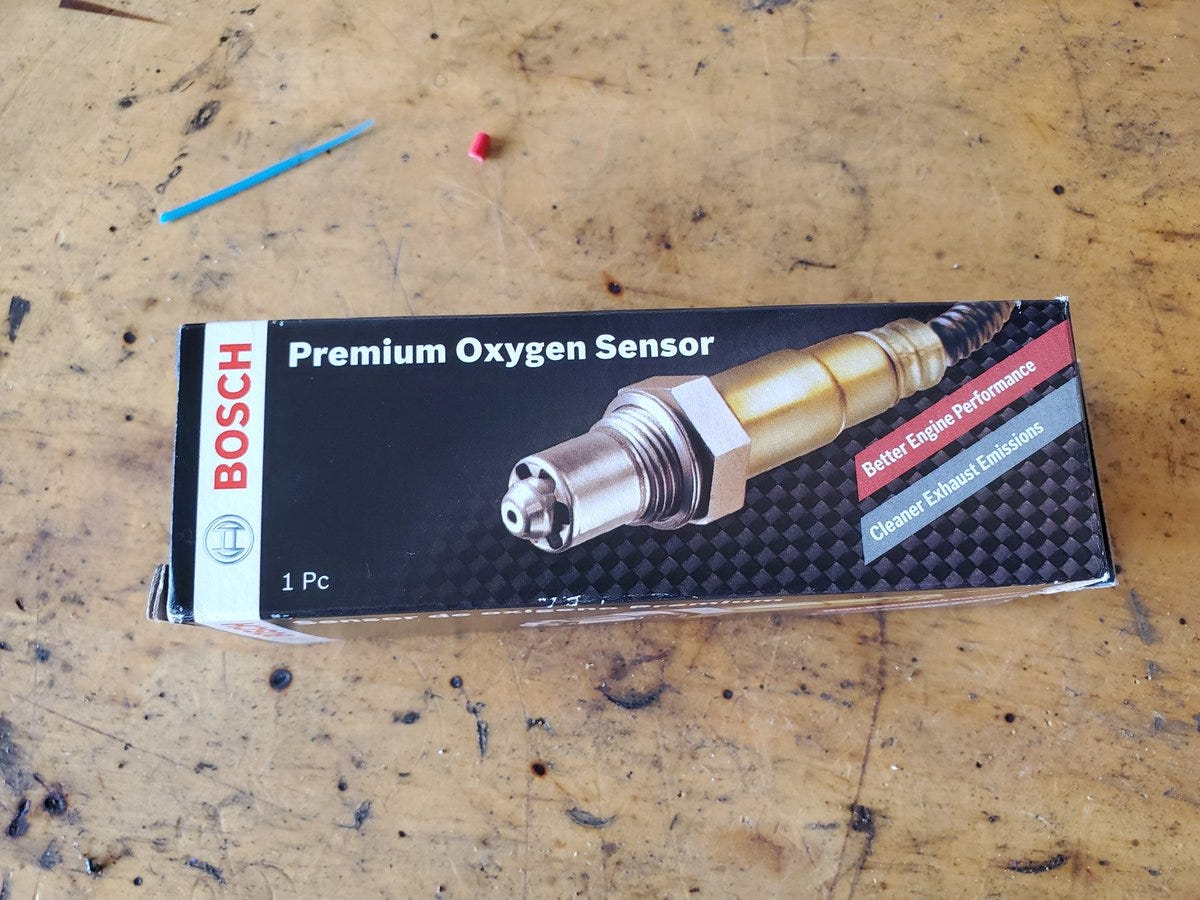
First step to replacing this is getting the car up on ramps (or jack-stands) so I can get under it.
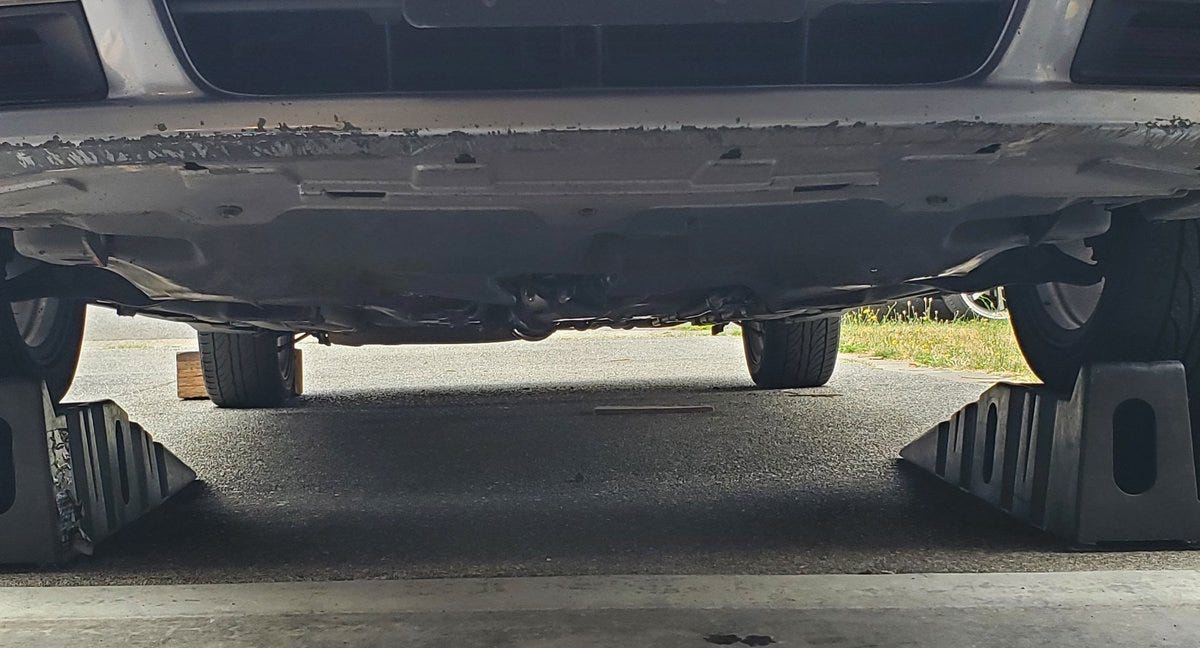
All I should need here is a 22mm wrench and of course the new sensor.
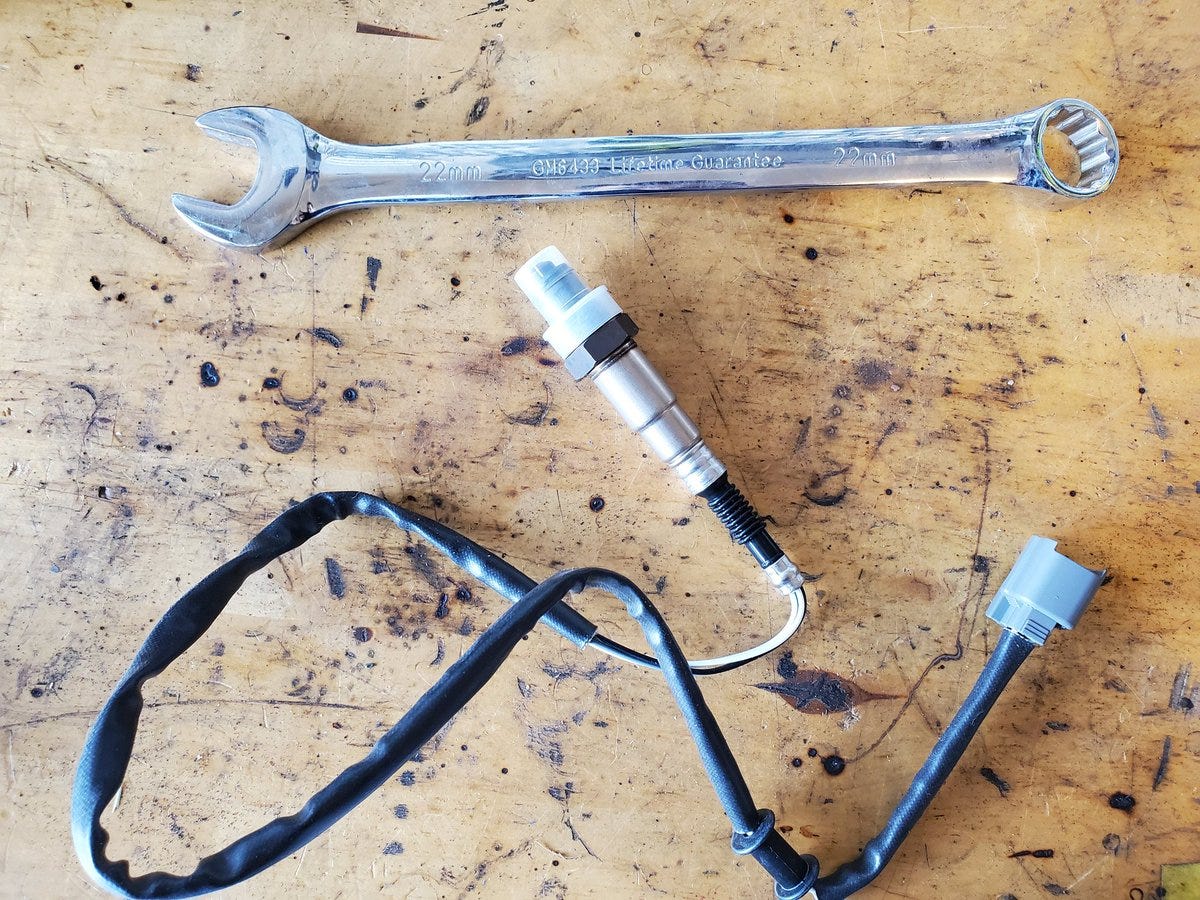
Underneath I can see both sensors. The one the code corresponds to this code is on the right which is towards the front of the car.
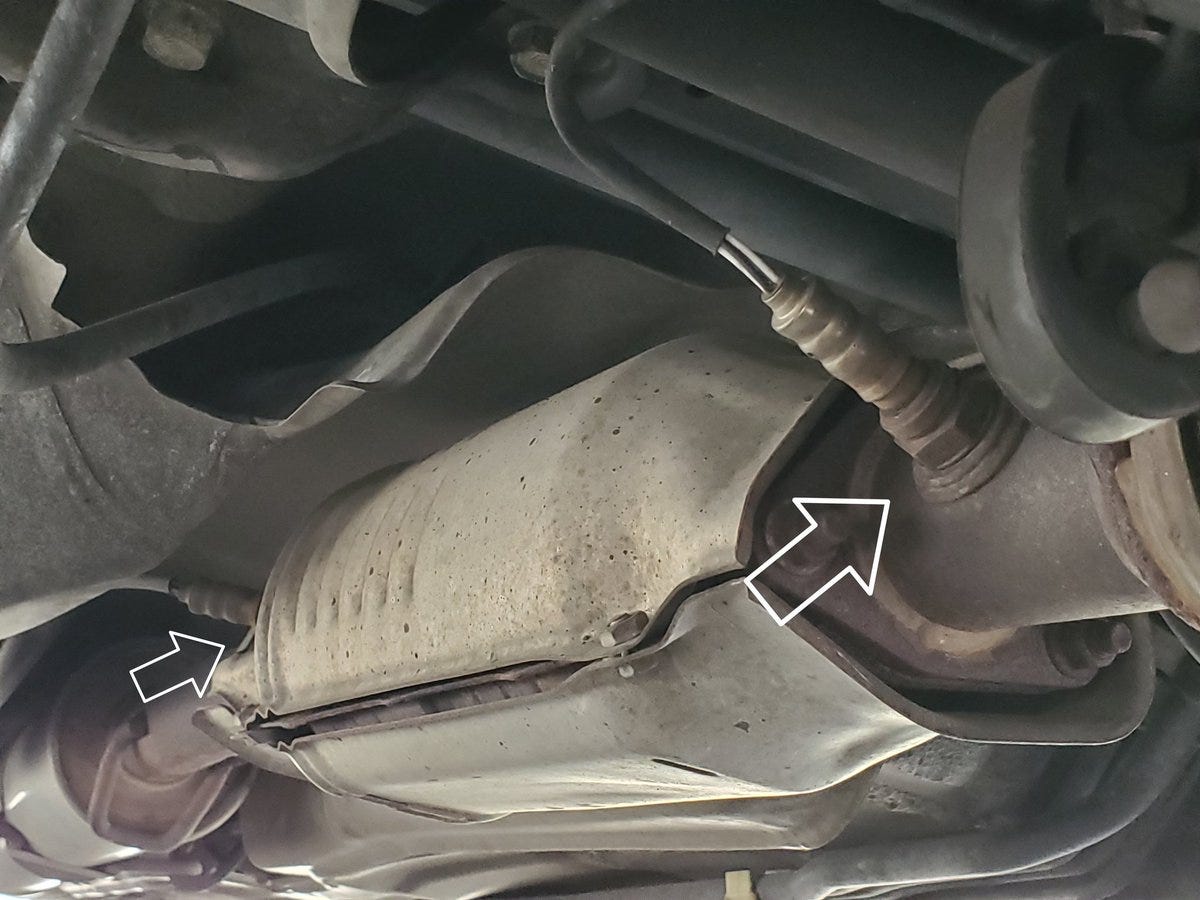
Let’s throw some PB Blaster on there to loosen what may be very stuck threads.
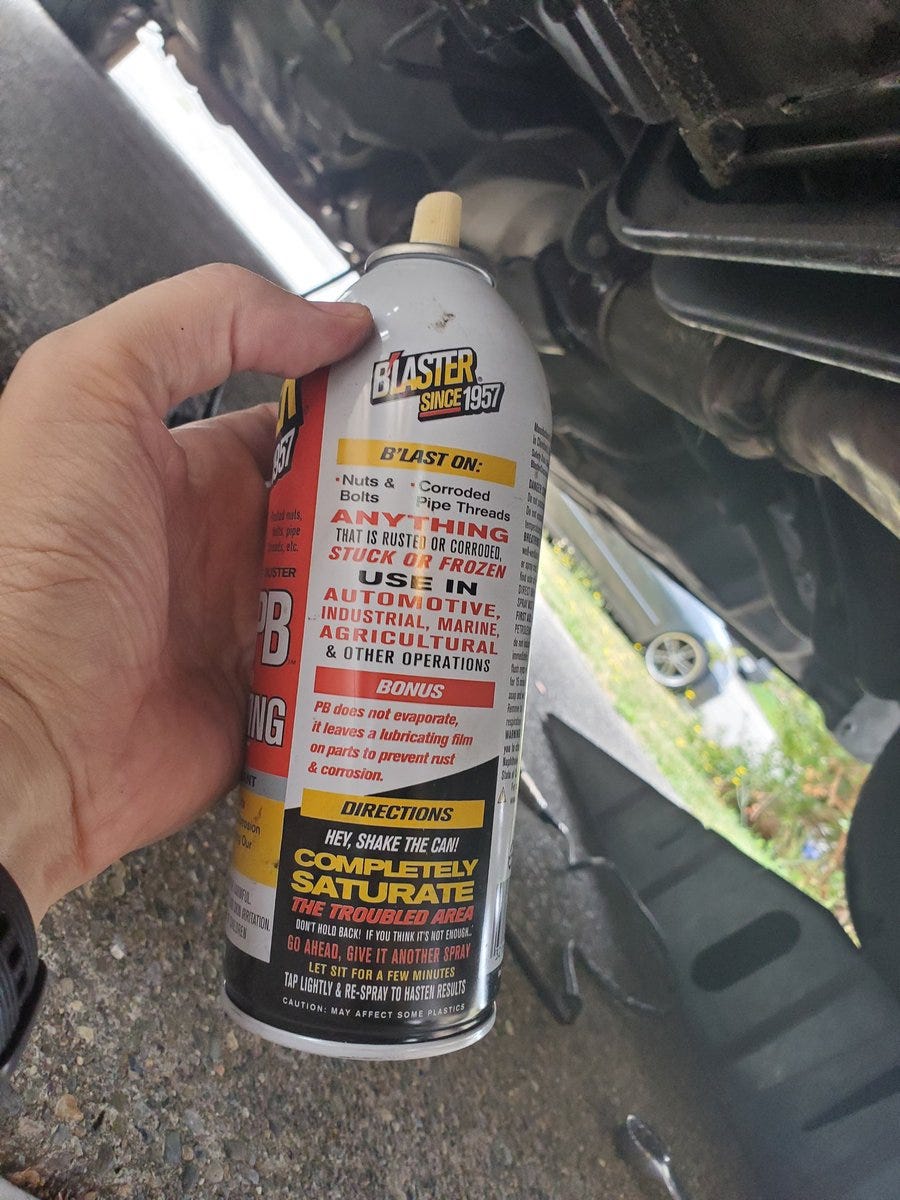
While that soaks I will disconnect the sensor cable from the engine harness. No picture because it’s hard to photograph up there but just follow the cable and find the clip. Now with my longest 22mm wrench I will break the sensor loose.
If your sensor is really stuck and you think you may be at risk of rounding off the nut sides, use a flared end wrench. It has an open end like a typical wrench that allows you to get over the sensor and wire but also grabs the nut on more than just two sides.
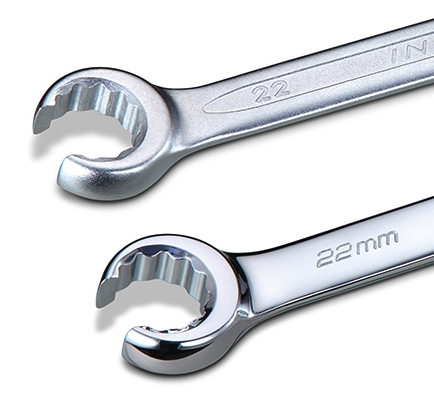
Here is my removed sensor. It is possible to test these and verify they are bad, but in my experience you can just replace it and move on with your life.
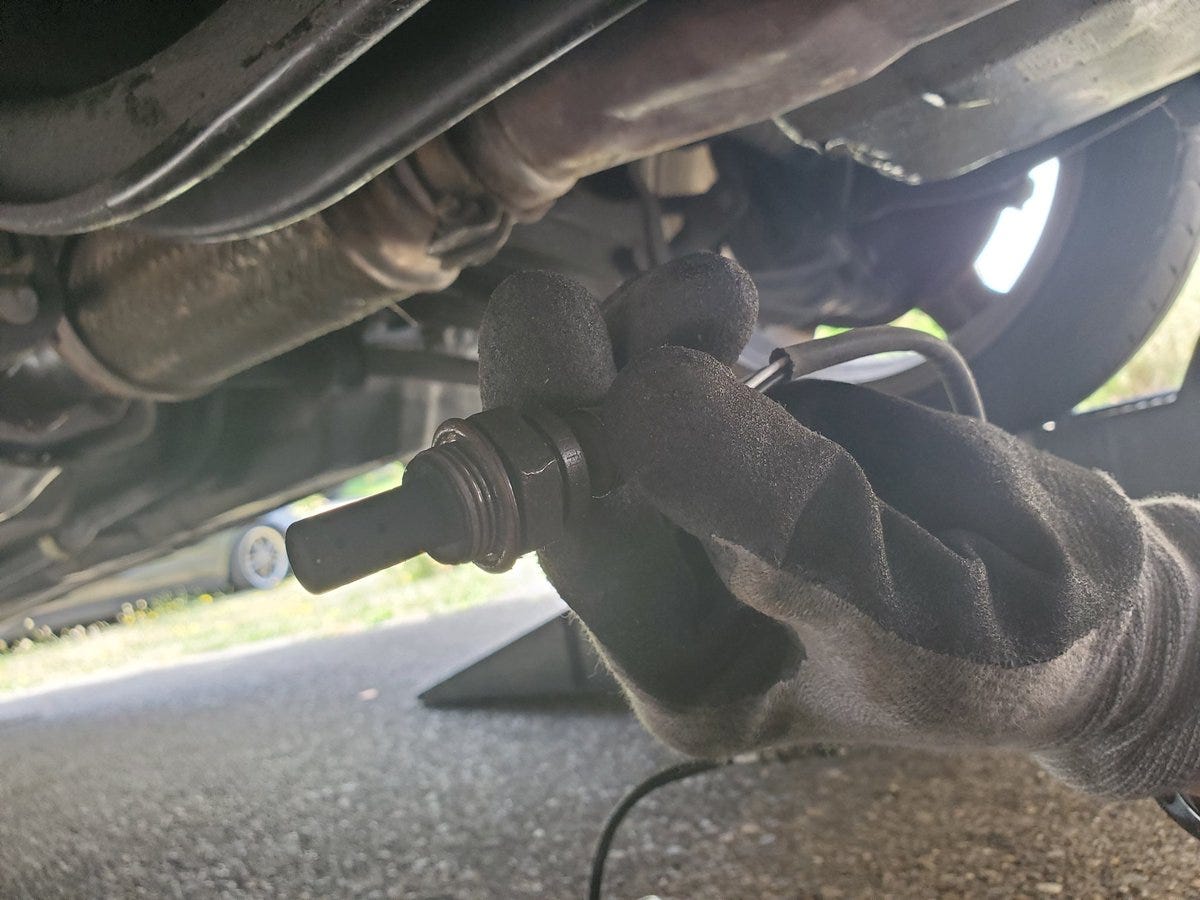
Now, I’ll screw the new one in.
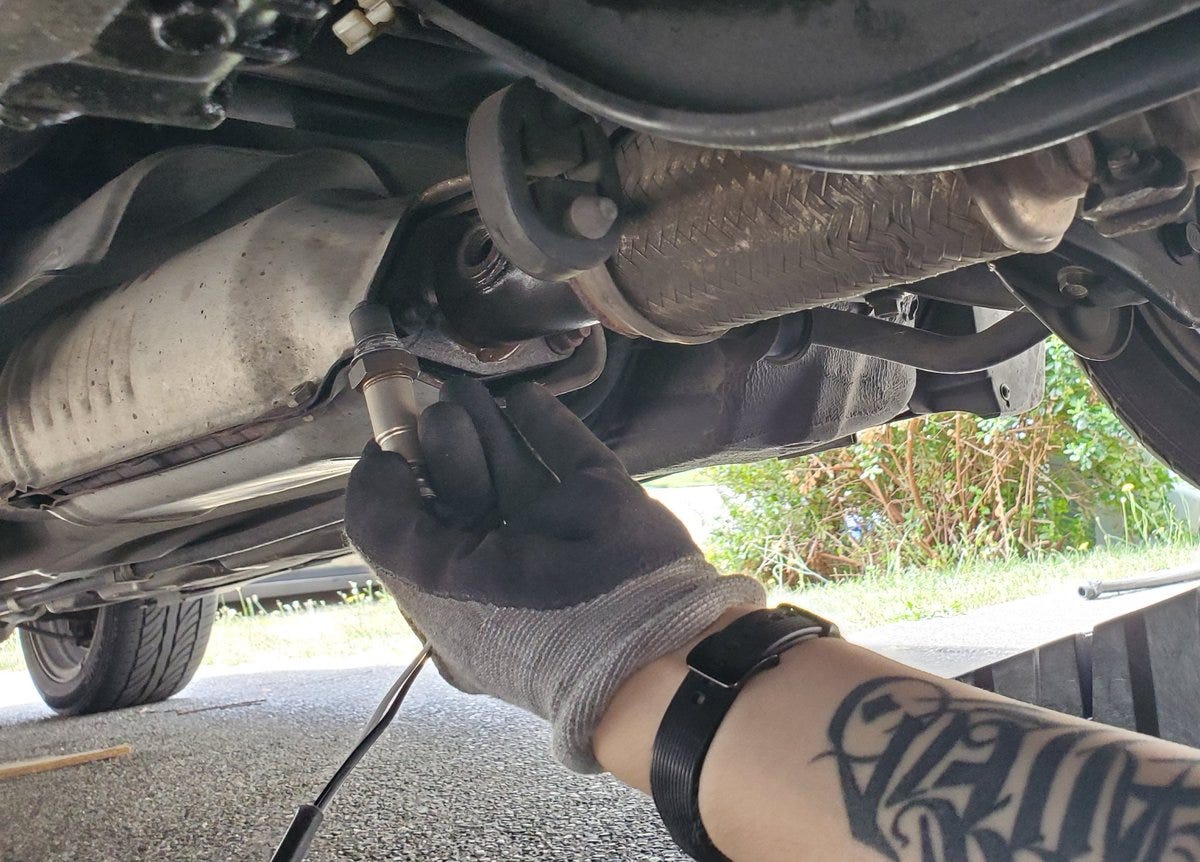
It is important to route the wires like the original one using these clips so that the wires doesn’t touch the hot exhaust and melt when the car is running.
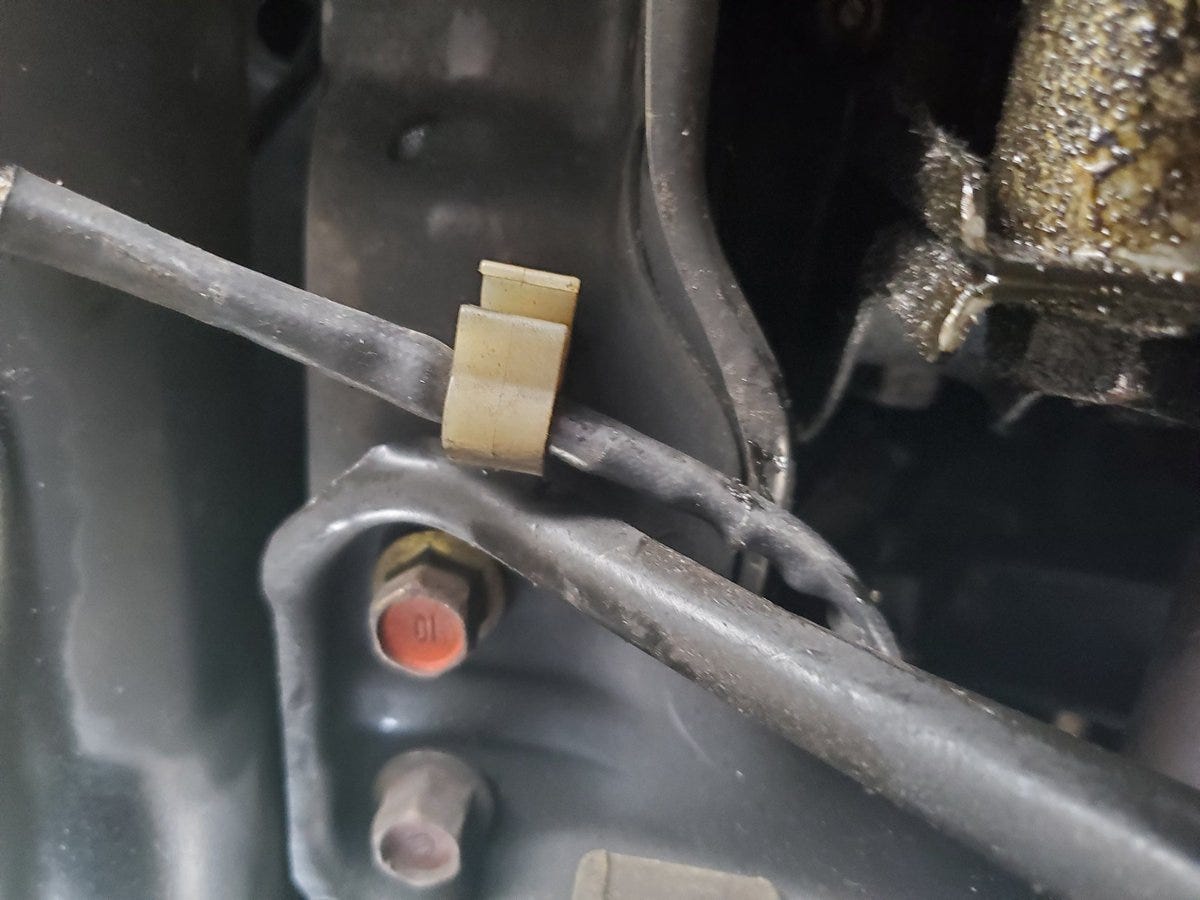
And of course clip the end into the vehicle’s wiring harness.
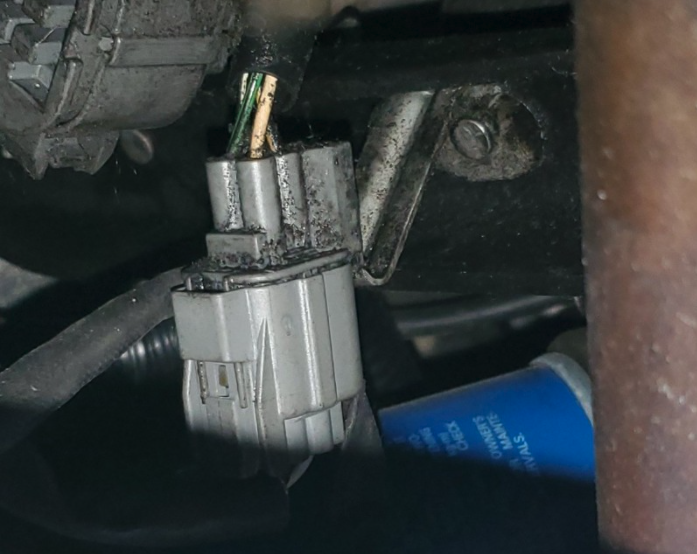
I cleared the engine code earlier with the OBD scan tool so let’s back off of these ramps and start it up.
No check engine light! Thanks for reading!
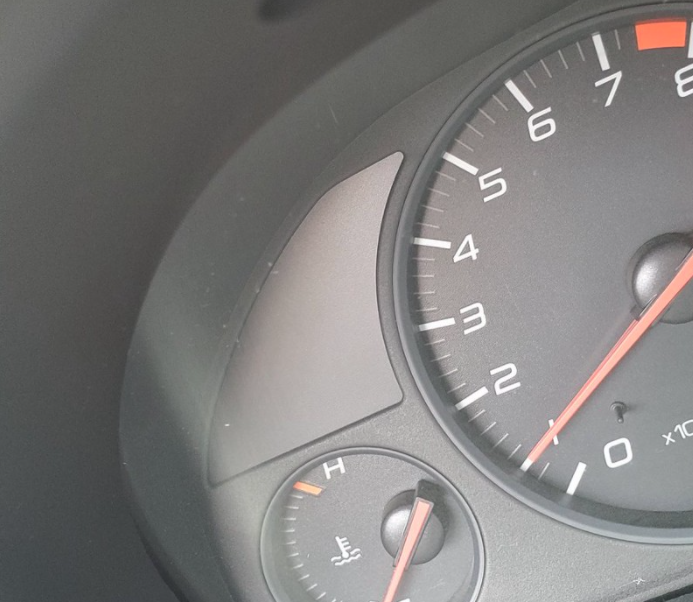
The links to tools I shared in this post are sponsored links. If you buy them I may receive a referral fee.
